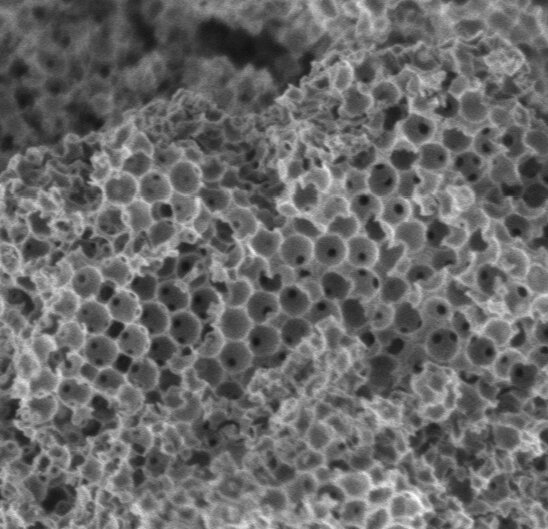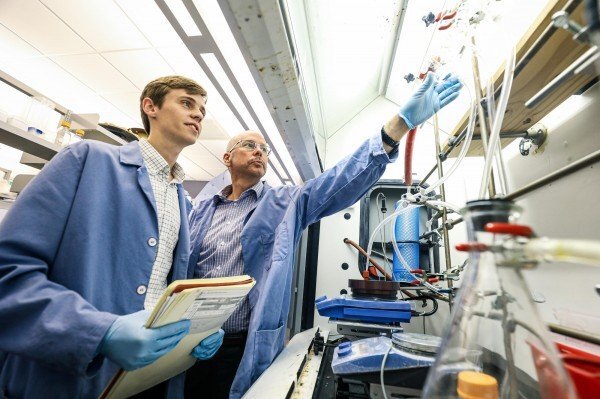Wake Forest Institute for Regenerative Medicine scientists (WFIRM) have developed a method to bioprint a type of cartilage that could someday help restore knee function damaged by arthritis or injury.
This cartilage, known as fibrocartilage, helps connect tendons or ligaments...
Researchers at the University of Liverpool have unlocked new possibilities for the future development of sustainable, clean bioenergy. The study, published in Nature Communications, shows how bacterial protein 'cages' can be reprogrammed as nanoscale bioreactors for hydrogen production.
The carboxysome is...
Since the 1970s, chemicals called brominated flame retardants (BFRs) have been added to a host of consumer and household products, ranging from electronics and mattresses to upholstery and carpets. While they were intended to improve fire safety, one form—polybrominated...
Researchers at the National Institute of Standards and Technology (NIST) and their colleagues have demonstrated a room-temperature method that could significantly reduce carbon dioxide levels in fossil-fuel power plant exhaust, one of the main sources of carbon emissions in...
A new nanocatalyst that recycles major greenhouse gasses, such as carbon dioxide (CO2) and methane (CH4), into highly value-added hydrogen (H2) gas has been developed. This catalyst is expected to greatly contribute to the development of various waste-to-energy conversion...
Researchers have developed a powerful, low-cost method for recycling used cooking oil and agricultural waste into biodiesel, and turning food scraps and plastic rubbish into high-value products.
The method harnesses a new type of ultra-efficient catalyst that can make low-carbon biodiesel...
Chemists at the University of Bayreuth have developed a material that could well make an important contribution to climate protection and sustainable industrial production. With this material, the greenhouse gas carbon dioxide (CO₂) can be specifically separated from industrial...
Leiden chemists Marc Koper and Ian McCrum have discovered that the degree to which a metal binds to the oxygen atom of water is decisive for how well the chemical conversion of water to molecular hydrogen takes place. This...
Recent Furman University graduate Trent Stubbs is the author of a new study in Nature Chemistry that may fundamentally alter humanity's understanding of the origin of life. The research was published today.
The study describes how organic chemical reactions could have started...
A human research team and a machine learning algorithm have found that we need to rethink much of what we know about iridium oxide.
Iridium oxide is an excellent catalyst for electrochemical reactions, and is typically used for the production...
A study conducted at the Politecnico di Torino, in collaboration with the Massachusetts Institute of Technology (MIT), and published in the journal Energy and Environmental Science, presents a solar desalination device capable of spontaneously removing accumulated salt. In the future,...


















